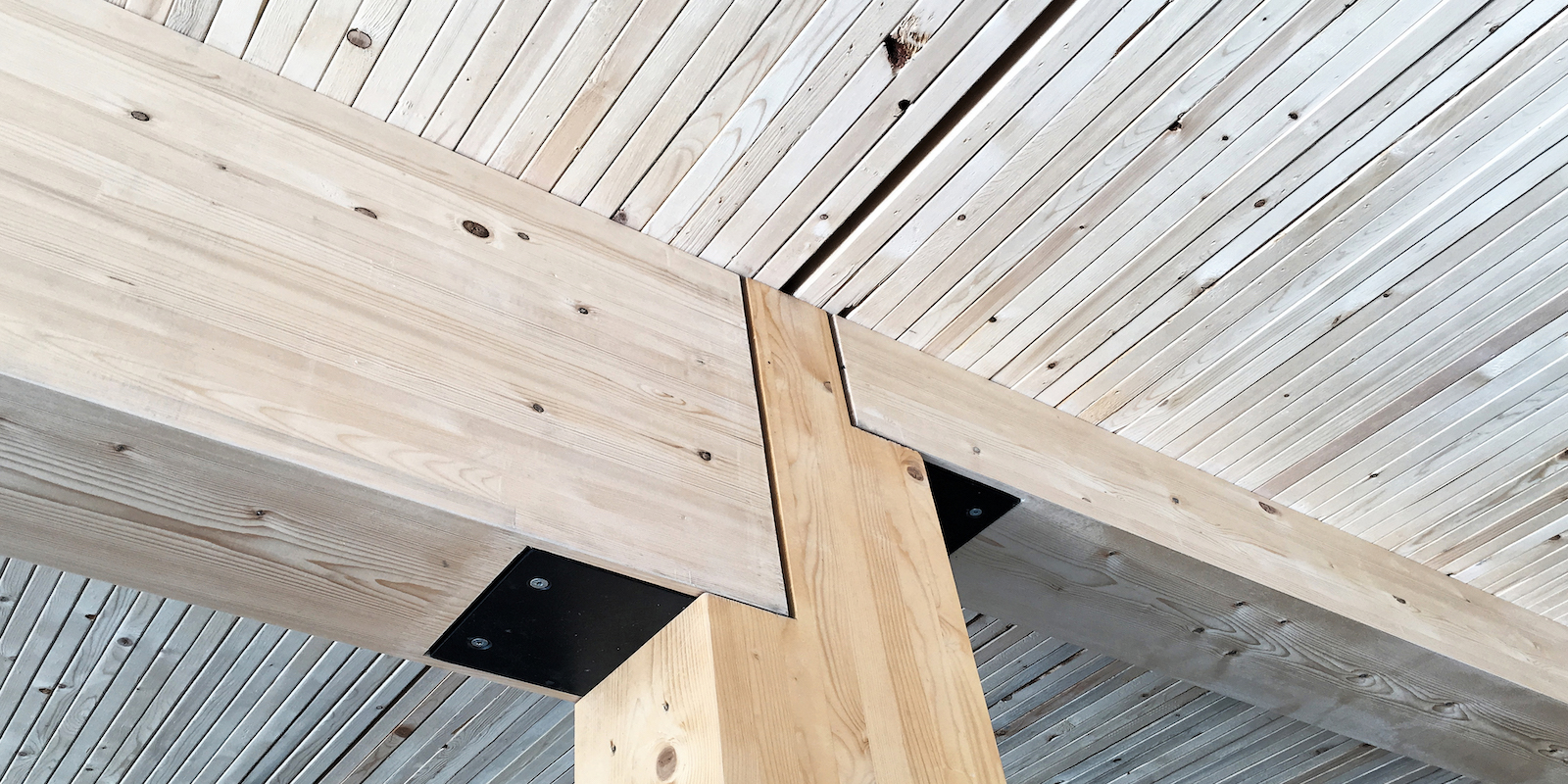
01 Mar Understanding the Language of Carbon in Sustainable Construction
Many in the construction industry understand and are committed to moving to net-zero energy homes and buildings. And the number of zero energy homes and buildings is growing rapidly. But when it comes to zero carbon, many of us may feel overwhelmed with the complexity that appears to be involved in taking the next step beyond zero energy onto the path to zero carbon. The following questions and answers will help make this complex subject as simple as possible.
- What is Zero Carbon? Zero carbon is a commonly used term that refers to eliminating all the greenhouse gases (GHGs) involved in a project. It encompasses all climate-related emissions, including carbon dioxide, methane, ozone, “black carbon,” and fluorocarbon compounds. Another useful term for zero “carbon” is zero carbon equivalents (CO2e). A home or building with zero greenhouse gas emissions – whether from carbon dioxide or other greenhouse gases – has zero global warming potential. For simplicity, the term zero carbon will be used to include all these greenhouse gases.
- Why Zero Carbon? Simple. To prevent the most disruptive impacts of climate change, the world needs to get to zero greenhouse gas emissions by 2050, which means that all buildings, including existing and new buildings, and their associated transportation, need to bring their net carbon emissions to zero. Getting to zero is especially important for buildings because they currently contribute close to 40% of global carbon emissions; and according to Architecture magazine, “by 2060, the world is projected to add 2.5 trillion square feet of buildings – an area equal to the entire current global building stock. This is the equivalent of adding a new New York City to the planet every 34 days for the next 40 years.” So it’s vital that all new buildings achieve the lowest global warming potential possible. Otherwise, we’ll be forced to apply expensive retrofits to recently constructed “new” buildings.
- What is a Carbon Footprint? The carbon footprint of a building is the total amount of carbon dioxide and other greenhouse gases released to supply, build, operate, maintain, and deconstruct it.
- What is Embodied Carbon? Embodied carbon, or upfront carbon, is the carbon and other greenhouse gas emissions that are part of the materials, equipment, processes, and contents of a building. About 11% of global greenhouse gas emissions come from the embodied carbon in buildings. To reach zero global warming potential, all stages of a product’s life cycle must also be zero. This includes raw material extraction, refinement, manufacture, transportation, and end of life treatment. How do we meet that challenge? The embodied carbon in buildings can be reduced by selecting materials that have a low carbon footprint or that trap atmospheric carbon for a long period of time. For example, the trees used to make wood framing have absorbed carbon from the atmosphere and will hold it for decades or even centuries. Cross-laminated timber (CLT) allows the wood to be used for larger, multi-story buildings that would otherwise need carbon-intensive steel and concrete. Also, embodied carbon in a building can be offset by exporting carbon-free renewable energy to other buildings to replace their use of carbon-sourced energy. Eventually, the energy used in each stage of production will need to be close to 100% renewable, and building materials and processes will need to be carbon-free or very low carbon. Zero operational carbon industrial equipment and processes, as well as carbon sequestering materials, such as concrete and plastics, are already appearing. But until they are readily available, builders and designers will need to compensate for a building’s embodied greenhouse gas emissions by exporting surplus generation of on-site renewable energy or through carbon offsets.
- What is Operational Carbon? Operational carbon refers to the greenhouse gases released by the energy used in a building for heating, cooling, ventilation, lighting, equipment, and appliances.
- What is Maintenance Carbon? Maintenance carbon is the carbon or carbon equivalent released by operations and products needed for maintaining the building, including repair, replacement, and remodeling.
- What is End of Life Carbon? End of life carbon is the carbon released when a building is torn down, as well as the transporting, disposing of, reusing, or recycling the old materials.
- What is a Zero Carbon Building? A zero-carbon building is a carbon-neutral building that uses as many low carbon materials and processes as possible and is as energy-efficient as possible. Then it offsets all its embodied carbon and its carbon-based energy by using renewable energy and materials that actually sequester or store carbon, such as wood and carbon sequestering concrete products. The building’s shell, HVAC system, water heating system, lighting, and appliances are all highly energy efficient. And it produces on-site, or imports, sufficient carbon-free renewable energy to fully offset the annual greenhouse gas emissions associated with its construction materials and their transport, its energy use, operations, and decommissioning. In other words, it offsets its entire carbon footprint, making it a carbon-neutral building. In some cases, carbon used by the building can be offset by purchasing high quality, certified carbon credits from third parties.
- What are Carbon Credits? Some buildings may receive carbon credits for carbon, or carbon equivalents, saved by reusing existing materials, producing more renewable energy than is needed by the building and exporting it, or purchasing off-site carbon offsets from a third party.
- What is Carbon Sequestration? Carbon sequestration is the process of capturing carbon dioxide from the air and storing it for long periods so that it lowers atmospheric greenhouse gases. In buildings, it can be achieved by using materials such as wood that capture and hold significant amounts of carbon while growing, as compared to concrete and steel that emit significant amounts of carbon during manufacture. Concrete and plastic products are being developed that sequester some carbon and can be used in low carbon construction.
- What is a Carbon-Positive Building? A carbon positive building removes more carbon than it uses over its lifetime. It “removes” carbon by using carbon sequestering materials such as wood and exporting more renewable energy each year than it uses, plus enough to compensate for its embodied carbon. In other words, it exports enough carbon-free energy to compensate for the carbon used in the full life cycle of the building, including operational and embodied carbon. Carbon positive homes and buildings can use their surplus renewable energy to power electric vehicles directly or to get credit through utility net-metering arrangements.
- How is Zero Carbon different from Zero Energy? A zero net energy home or building focuses on operational energy. It is one that produces as much renewable energy as it uses over the year. A zero-carbon building is one that offsets its yearly carbon emissions from operations plus its embodied carbon emissions by producing and exporting enough carbon-free energy to net out its carbon emissions over its entire lifecycle. Zero net energy can be easily measured and is a powerful first step on the path to zero greenhouse gas construction. If you are currently building, living in, or purchasing a zero energy home, you are well on the path to zero greenhouse gas emissions.
Even as zero-energy buildings gain ground in the market, it’s time to shift the focus to the larger challenge: designing, building, and selling zero greenhouse gas impact homes and buildings. No opportunity should go to waste. Each new building project should be lower carbon than the last. Zero energy has become a slam dunk. It’s now time to target the ultimate prize: zero carbon.


